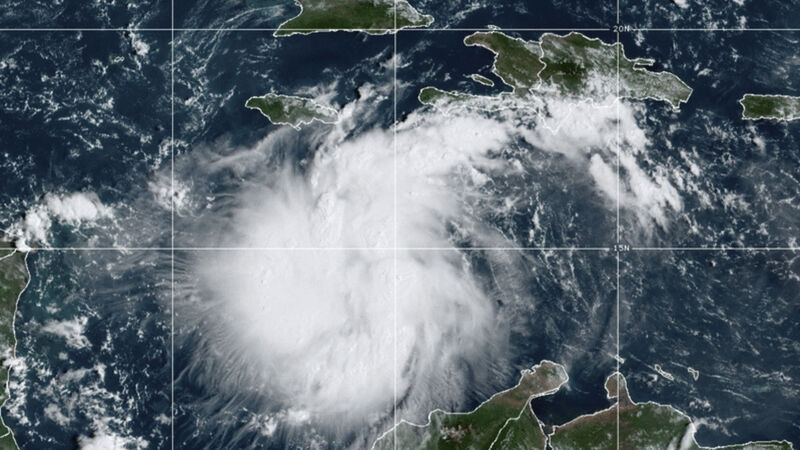Advanced satellites to make weather forecasts more precise than ever before

The launch of the MTG-I1 satellite, which will orbit 36,000kms above the equator, means that forecasters will be able to laser in on more accurate monitoring of the likes of wildfires, storms, fog, and lightning. File picture
Weather forecasting throughout Europe is to become more precise then ever before, following the first launch of new advanced satellites into space.
The launch of the MTG-I1 satellite, which will orbit 36,000kms above the equator, means that forecasters will be able to laser in on more accurate monitoring of the likes of wildfires, storms, fog, and lightning, the European Organisation for the Exploitation of Meteorological Satellites, or EUMetSat, said.
Check out the Irish Examiner's WEATHER CENTRE for regularly updated short and long range forecasts wherever you are.













